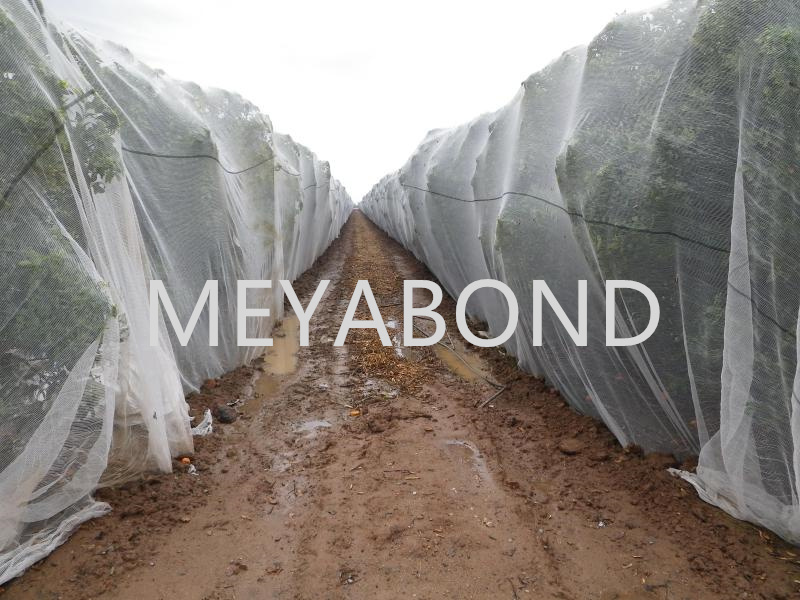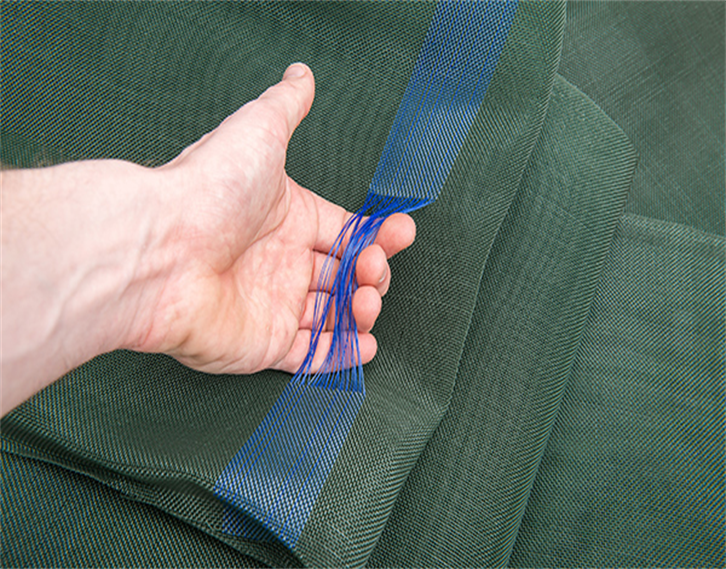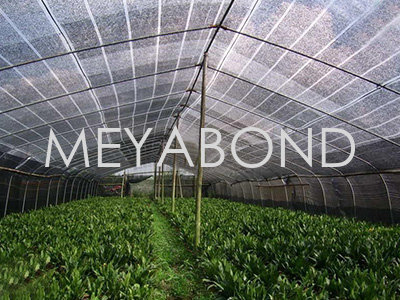Why You Need a Tree Protective Sleeve for Electrical Safety
Why You Need a Tree Protective Sleeve for Electrical Safety
Understanding the Importance of Electrical Safety Around Trees
In the realm of **electrical safety**, trees pose a unique challenge. Their growth can inadvertently interfere with overhead power lines, leading to potential hazards, including power outages, electrocution, and even wildfires. This is where tree protective sleeves come into play, acting as a crucial line of defense between **natural elements** and essential electrical systems.
What is a Tree Protective Sleeve?
A tree protective sleeve is a specially designed cover that surrounds electrical cables and infrastructure in proximity to trees. Typically made from durable materials, these sleeves protect electrical components from damage caused by tree growth, environmental factors, and wildlife activity.
The Core Components of Tree Protective Sleeves
1. **Material Strength**: Most sleeves are manufactured from resilient materials such as polyethylene or PVC, providing resistance against physical wear and exposure to the elements.
2. **Flexible Design**: The design allows for expansion, accommodating the growth of the tree while maintaining a secure fit around the electrical components.
3. **UV Resistance**: Many protective sleeves are treated to withstand UV radiation, ensuring they do not degrade over time when exposed to sunlight.
The Risks of Ignoring Protective Measures
Failing to install tree protective sleeves can lead to several **dangerous scenarios**:
Power Outages
As trees grow and limbs rub against power lines or underground cables, they can cause **short circuits** or even complete outages. This interrupts service, leading to inconvenience and potential economic losses for businesses and homeowners alike.
Fire Hazards
In dry or windy conditions, contact between trees and electrical lines can spark fires. Tree protective sleeves help to minimize this risk by ensuring that electrical lines remain insulated and secured.
Wildlife Interference
Animals often seek shelter or food in trees. Squirrels, for example, can chew on electrical lines or insulation, leading to malfunction. Protective sleeves deter animals from accessing these vulnerable areas.
Benefits of Installing Tree Protective Sleeves
Investing in tree protective sleeves offers numerous benefits that transcend simple protection.
Enhanced Electrical Safety
The primary function of these sleeves is to enhance safety. By providing a buffer between electrical lines and tree growth, they significantly reduce the risk of accidents and malfunctions.
Cost-Effectiveness
While there is an upfront cost associated with the installation of protective sleeves, they save money in the long run. By preventing damage to electrical systems, they reduce repair and replacement costs and lower the risk of liability associated with electrical accidents.
Longevity of Electrical Systems
Protective sleeves can prolong the life of electrical infrastructure. By minimizing exposure to environmental elements and physical abrasion, these sleeves help maintain the integrity of wiring and connections.
Installation Guide for Tree Protective Sleeves
Proper installation is crucial for achieving the maximum benefits from tree protective sleeves. Follow these steps for effective installation:
Step 1: Assess Your Environment
Before installation, evaluate the proximity of trees to electrical lines. Identify areas where tree growth could potentially interfere with electrical systems.
Step 2: Choose the Right Sleeve
Select a sleeve appropriate for your specific electrical application. Consider factors such as size, flexibility, and material durability.
Step 3: Prepare the Electrical Wiring
Ensure that all electrical connections are secure and functioning correctly before covering them with a protective sleeve.
Step 4: Install the Sleeve
Gently slide the protective sleeve over the electrical components, ensuring a snug fit. If necessary, use ties or clamps to secure the sleeve in place.
Step 5: Regular Maintenance
Inspect the protective sleeves periodically for signs of wear or damage. Replace any compromised sleeves to maintain optimal protection.
Best Practices for Maintaining Electrical Safety Around Trees
In addition to installing protective sleeves, there are several **best practices** to follow for maintaining electrical safety:
Regular Tree Trimming
Keep trees well-trimmed, ensuring that branches do not encroach upon electrical lines. Regular maintenance can prevent many issues that arise from tree growth.
Educating the Community
Raise awareness about the importance of electrical safety around trees within your community. Initiatives can include workshops, informational flyers, and local safety campaigns.
Collaborating with Professionals
When in doubt, consult with professional arborists or electrical engineers. They can provide tailored advice and solutions based on your specific circumstances.
Common Misconceptions About Tree Protective Sleeves
As with any safety measure, there are misconceptions surrounding the use of tree protective sleeves:
Myth 1: They Are Only for Urban Environments
While tree protective sleeves are often associated with urban areas, they are equally beneficial in rural settings where trees and power lines co-exist.
Myth 2: They Are Unnecessary if Trees Are Far Away
Even trees situated several feet away from power lines can pose risks, as roots can extend and branches may grow unexpectedly. Protective sleeves offer essential precautions.
Myth 3: They Are Expensive and Not Worth the Investment
The initial cost of tree protective sleeves is minimal compared to the potential financial burdens posed by electrical outages or damages. Investing in sleeves is a proactive safety measure that pays off.
Frequently Asked Questions (FAQs)
1. How long do tree protective sleeves last?
Tree protective sleeves can last many years, depending on the quality of materials used and environmental conditions. Regular inspections are key to ensuring their longevity.
2. Are tree protective sleeves environmentally friendly?
Many manufacturers produce sleeves using recyclable materials, making them a sustainable choice for electrical safety.
3. Can I install tree protective sleeves myself?
While it is possible to install sleeves without professional help, consulting with a qualified electrician or arborist is recommended for optimal results.
4. Do tree protective sleeves come in different sizes?
Yes, tree protective sleeves are available in various sizes to accommodate different electrical systems and cable diameters.
5. How can I determine if my trees need protective sleeves?
If your trees are growing close to overhead electrical lines or underground cables, or if you notice signs of wear on your electrical system, it’s time to consider protective sleeves.
Conclusion
In conclusion, trees and electrical lines share a complex relationship that necessitates proactive measures for safety and efficiency. Tree protective sleeves serve as an essential line of defense, safeguarding electrical installations from potential hazards posed by tree growth, environmental conditions, and wildlife interference. By understanding the benefits of these protective measures and adopting best practices for maintenance, we can ensure a safer environment for all. Investing in tree protective sleeves is not just a precaution; it is a commitment to electrical safety and longevity.
Key words:
Related News
CONTACT US
Email: sales8@meyabond.com
Tel: +8618911966213
No.3 Yard, ZhongHe Road, 100071,FengTai District, Beijing, China
Email: sales8@meyabond.com
Tel: +8618911966213
No.3 Yard, ZhongHe Road, 100071,FengTai District, Beijing, China
















